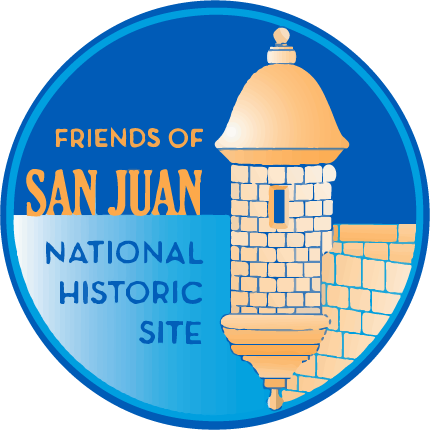In the tapestry of time, historic buildings stand as silent storytellers, weaving tales of our past, preserving our cultural heritage, and shaping the landscape of our communities. Beyond the tangible bricks and mortar, historic preservation holds a wealth of benefits that reach far into the realms of identity, education, economics, and environmental sustainability.
Why Preserving Historic Buildings?
Connecting with Identity and Memory
These spaces become more than physical structures; they evoke feelings of belonging, continuity, stability, identity, and memory. The regret of tearing down a building often stems from not realizing its significance, potential for revival, or the invaluable qualities it holds. Preserving these structures allows communities to maintain a sense of permanency and identity.
Educational Opportunities
Historic buildings serve as repositories of human stories, offering an immersive educational experience that transcends traditional classroom learning. Physically interacting with historic sites sparks imaginations in ways that textbooks cannot. These tangible connections with history enrich communities by fostering a deeper understanding of their roots.
Economic Ripple Effects
The economic benefits of historic preservation are substantial. Studies reveal that reviving old buildings contributes billions to state economies. Rehabilitation projects generate higher-paying jobs than new construction, and the economic benefits ripple through local communities, providing stability to property values.
Heritage tourism, fueled by the allure of historic places, injects billions into the economy annually. Old buildings, as tourism destinations, offer unique experiences that captivate visitors, encouraging longer stays and increased spending, thus amplifying their economic impact.
Environmental Stewardship
Preservation is not only a nod to the past but also a sustainable choice for the future. By reusing existing buildings, communities make efficient use of infrastructure, land, and nonrenewable resources. Preservation is an investment in the existing built environment, mitigating the need for new roads, sewers, and utilities and reducing landfill waste. It is a crucial component of “smart,” or sustainable growth.
Attracting People and Businesses
The resurgence of American downtowns attests to the appeal of historic buildings. Downtown revivals often find their roots in these time-honored structures. They provide human-scaled environments that attract people and businesses alike. Old buildings, with their unique character and charm, preserve traditional development patterns, denser business districts, and walkable neighborhoods. The demand for living and working in historic spaces continues to rise, reflecting a preference for individualistic, unique, and inspiring environments.
In the delicate dance between past and future, historic preservation enriches our present while safeguarding the treasures of yesteryears. It is not merely about preserving bricks and mortar; it’s about nurturing the soul of communities, fostering a deep sense of identity, and ensuring that the threads of our history remain tightly woven into the fabric of our collective future. Every effort to preserve our historic buildings is an investment in the cultural wealth and sustainability of generations yet to come.
Join FOSJ! Let’s keep working together to preserve our history and heritage so we can continue to inhabit the San Juan Historical Site as a community. You can donate any amount to collaborate with the preservation work the foundation is doing at https://friendsofsjnhs.org/donate/. Thank you all!

